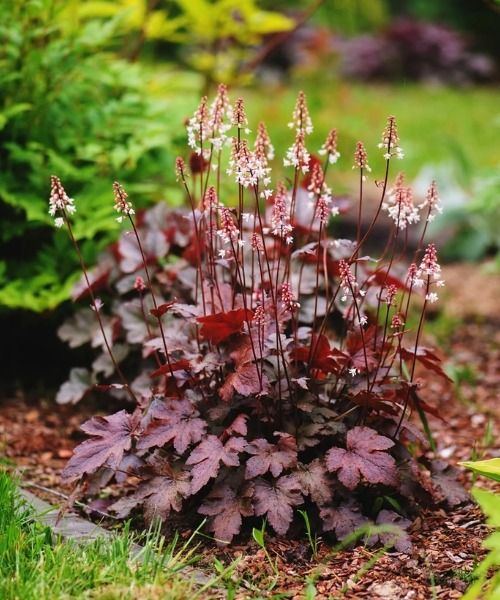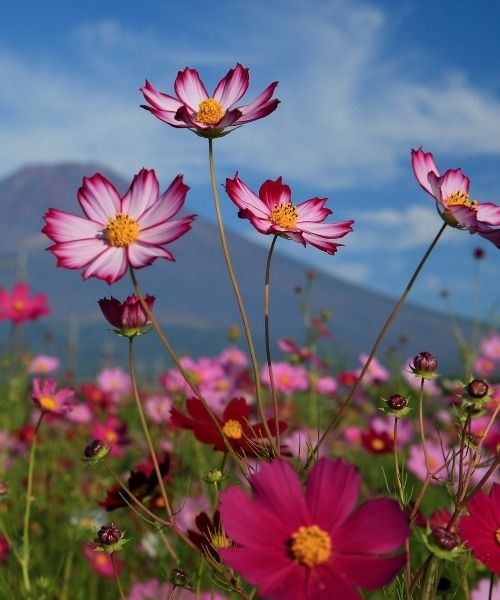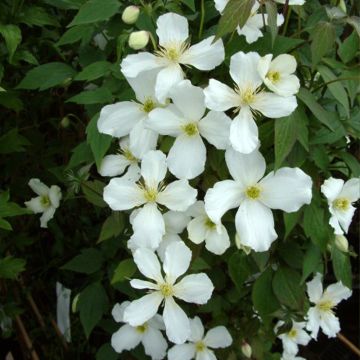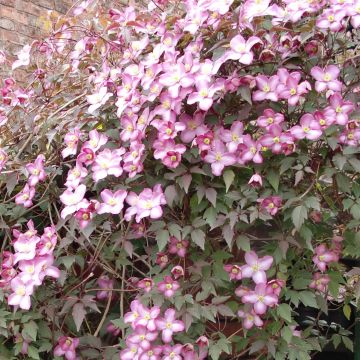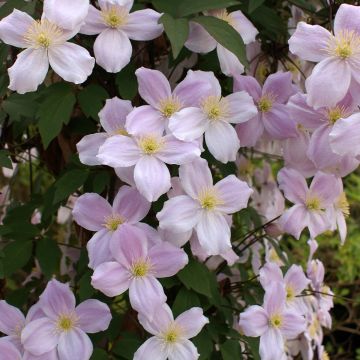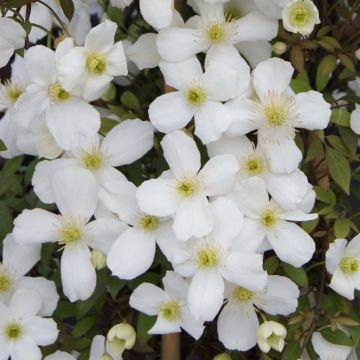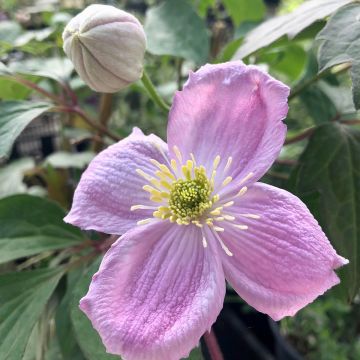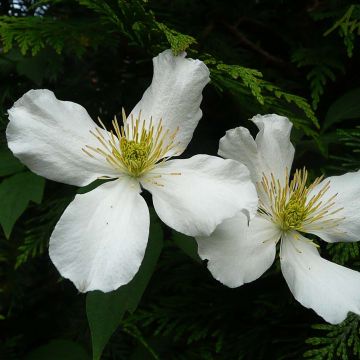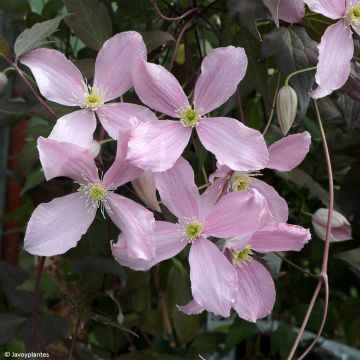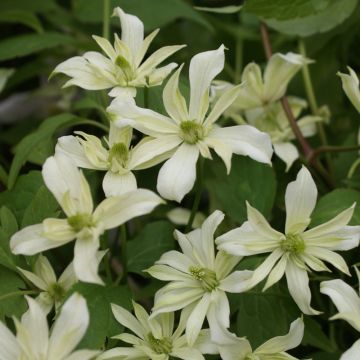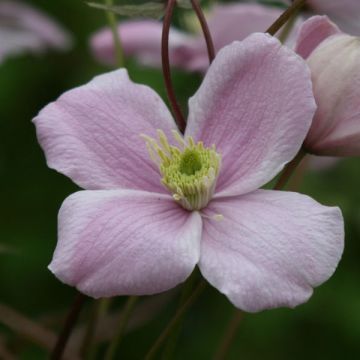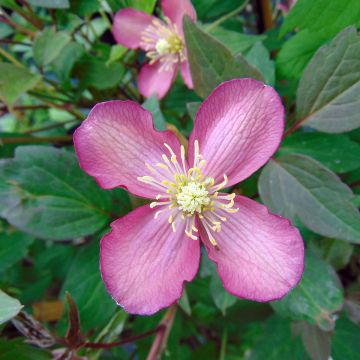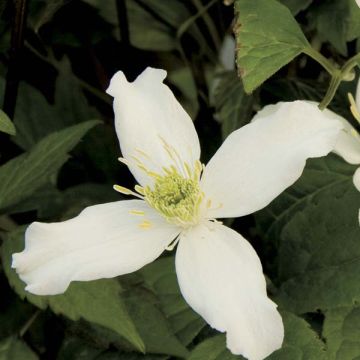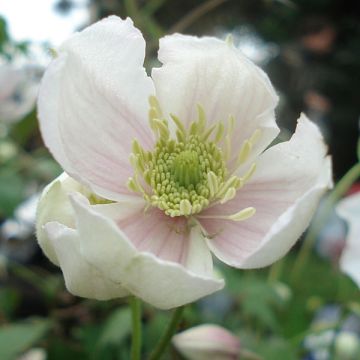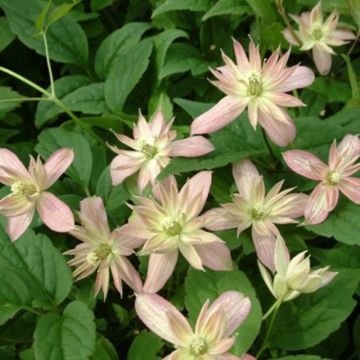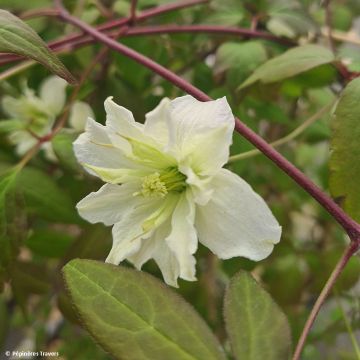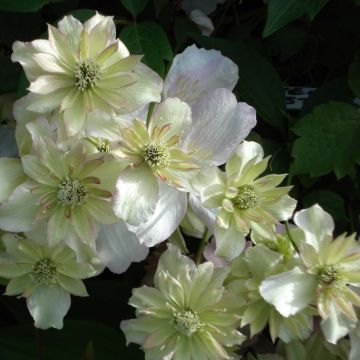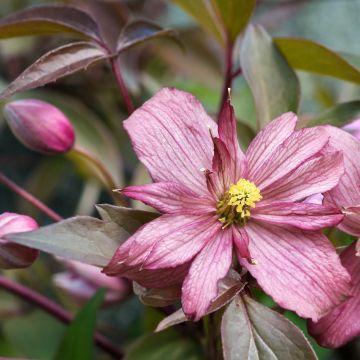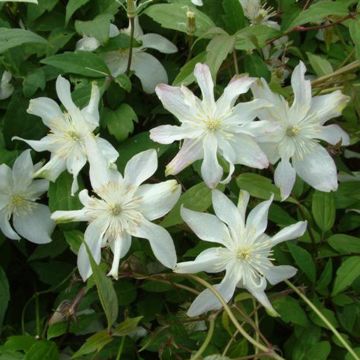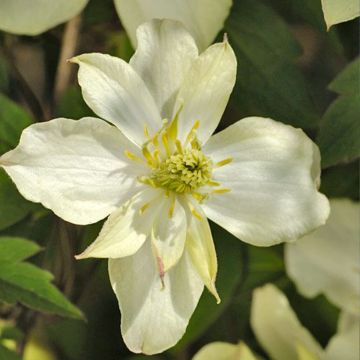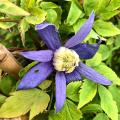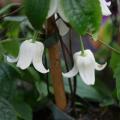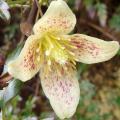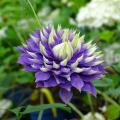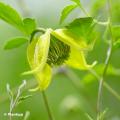Clematis Montana
Does this plant fit my garden? Set up your Plantfit profile →
Available in 3 sizes
Available in 3 sizes
Available in 1 sizes
Available in 1 sizes
Available in 1 sizes
Available in 1 sizes
Available in 1 sizes
Available in 1 sizes
Available in 1 sizes
Available in 3 sizes
Available in 1 sizes
Available in 1 sizes
Available in 1 sizes
Available in 1 sizes
Available in 1 sizes
Available in 1 sizes
Available in 1 sizes
Available in 1 sizes
Available in 1 sizes
Available in 1 sizes
Available in 1 sizes
The Clematis of the Montana group include the varieties Clematis montana and gracilifolia. These are deciduous climbing plants of varying heights, with an early flowering period which blooms on the previous year's growth. The flowers of the Montana group are bisexual or unisexual depending on the species, with an open star-shaped cup, single, measuring 5 to 7cm (2 to 3in) in diameter. The petals, usually numbering 4, are white or purple-red in colour. At the end of flowering, very decorative feathery seed heads appear. The flowering period lasts from May to June, sometimes with a small resurgence in summer depending on the variety. The Hardiness of Clematis in the Montana group varies between -7 and -29°C (19.4 and -20.2°F) depending on the species. After flowering, light pruning can be done to remove dead or damaged stems. Montana Clematis, with fibrous roots, should be planted shallowly in moist, humus-rich, well-drained soil in full sun.
Haven't found what you were looking for?

































